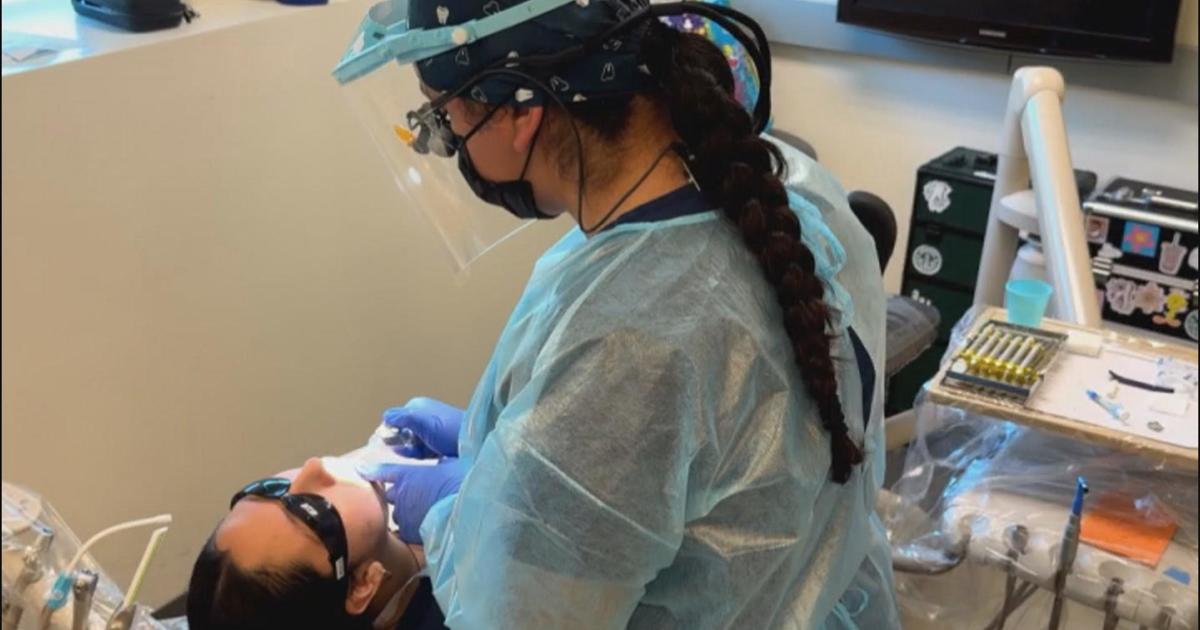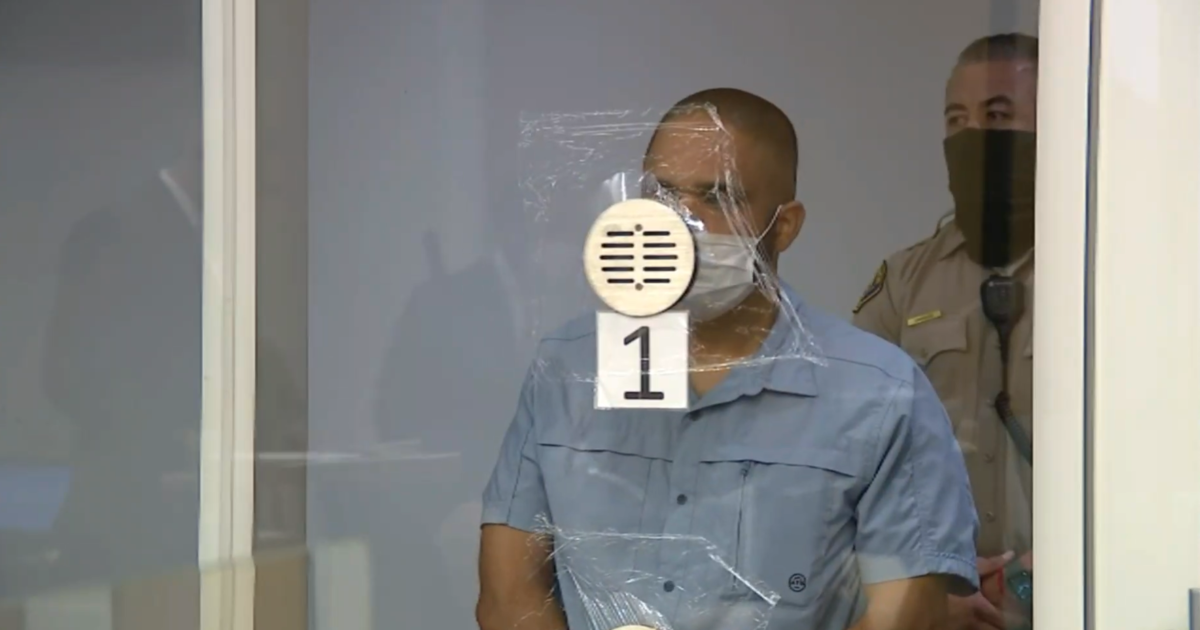Jail Release Could Depend On Prediction Of Risk
LOS ANGELES (AP) — In courtrooms across the country every day, a price tag is put on the freedom of the accused and for many it's too expensive.
With more than 60 percent of jail inmates nationwide awaiting trial and many unable to afford bail, reforms are underway that rely less on the crime charged and a judge's hunch and more on data to predict who can safely be released to later return to court and which dangerous defendants should remain locked up.
"It doesn't say this person's going to do this," said Tara Boh Klute, general manager of the Administrative Office of the Kentucky Courts. "If we could do that it would be amazing. But you can't do that with people."
New Jersey voted to overhaul its bail system this year to prevent nonviolent suspects from languishing behind bars, a move counties across the country have been slowly adopting over the past decade. Others, such as Orange County, California, are considering similar measures to promote fairness, cut jail costs and protect the public.
The bail industry is among the chief critics, saying the longtime system of putting up money or an insurance-backed bail bond is better at getting people to show up in court and it saves the public costs of monitoring defendants or hunting down bail jumpers.
While bail bondsmen, judges, jailers and others have been assessing risk for years, current efforts rely more on 21st-century data crunching. It is part of a trend sweeping other areas of criminal justice — from using crime statistics to dispatch police officers before crime occurs to crunching numbers to determine prison sentences.
"Most people understand arrest, trial and sentencing. The pretrial release decision for most systems has been this inconsequential 15- to 30-second decision," said Cherise Fanno Burdeen, executive director of the Pretrial Justice Institute. "It turns out it matters for everything."
In addition to costing the public about $100 a day for each jailed inmate, the price is even higher for defendants held behind bars before trial, Burdeen said. Studies over decades have shown that someone who is locked up is more likely to be convicted, serve a longer prison sentence and commit crimes later.
Santa Cruz County, California, and Kentucky are testing a method developed by the nonprofit Laura and John Arnold Foundation that weighs nine elements in every defendant's record that are the best predictors of court attendance, criminal activity and propensity for violence.
Prosecutors support the idea that the right people should be locked up, but they're sometimes bewildered by the results because the risk assessments are only shared with a judge and defense lawyer, said Leland Hulbert, of the Commonwealth Attorney's Office in Louisville.
"We see more people given lower bonds than we think are appropriate," he said. "We had a murder defendant given home incarceration. Sometimes it's frustrating."
The practice relies on the principle that someone arrested for a crime is presumed innocent and should have the least restrictive release terms possible — depending on the likelihood they will show up in court or threaten public safety. In most states, the bail amount is simply based on the charges.
"The presence of money complicates what should be a simple question: release or not?" said Greg Mauro, director of Denver Community Corrections. "If I had 1,000 bucks on the line, I'd go to court. It makes sense intuitively. But studies show it doesn't make a difference."
The use of risk assessments is credited with cutting Kentucky's pretrial jail population to close to 40 percent, Klute said. Preliminary results after a year of using the tool showed more defendants were released without more re-arrests.
Judges have largely overcome skepticism about the matrix that ranks defendants from low- to high-risk, but it's not always an easy sell for those who rely only on instinct, said Judge Karen Thomas, chief judge for the northern region of Kentucky.
"You'll hear judges say all the time, 'My gut is telling me something,'" Thomas said. "You don't have enough guts to make these decisions. This gives you the tool that you need to aid those instinctive reactions."
Bail bondsmen, who typically collect a 10 percent premium on each bond they write, have a lot to lose if cash bail is replaced with alternatives such as releasing someone on their word or on a promise that they'll pay up if they flee.
In Denver, the percentage of those released from jail who posted cash bonds has dropped from about 80 percent to about 60 percent since reforms were put in place last year, Mauro said.
In fighting bail reform measures, the bail industry cites several studies, including one from 2004 by George Mason University economics professor Alex Tabarrok that found felons free on surety bonds were more likely to show up in court than those released on their own recognizance and more likely to be caught if they fled.
Bail bondsmen have an incentive to make sure defendants go to court and bounty hunters track them down if they don't show. They typically have someone co-sign a bond — and the influence of that person cannot be underestimated, Tabarrok said.
As one bounty hunter told him: "I deal with a lot of mean people in my profession and they're not afraid of me, they're not afraid of the police. But I'll get their mother to co-sign her house — and they're afraid of their mother."
(© Copyright 2014 The Associated Press. All Rights Reserved. This material may not be published, broadcast, rewritten or redistributed.)



